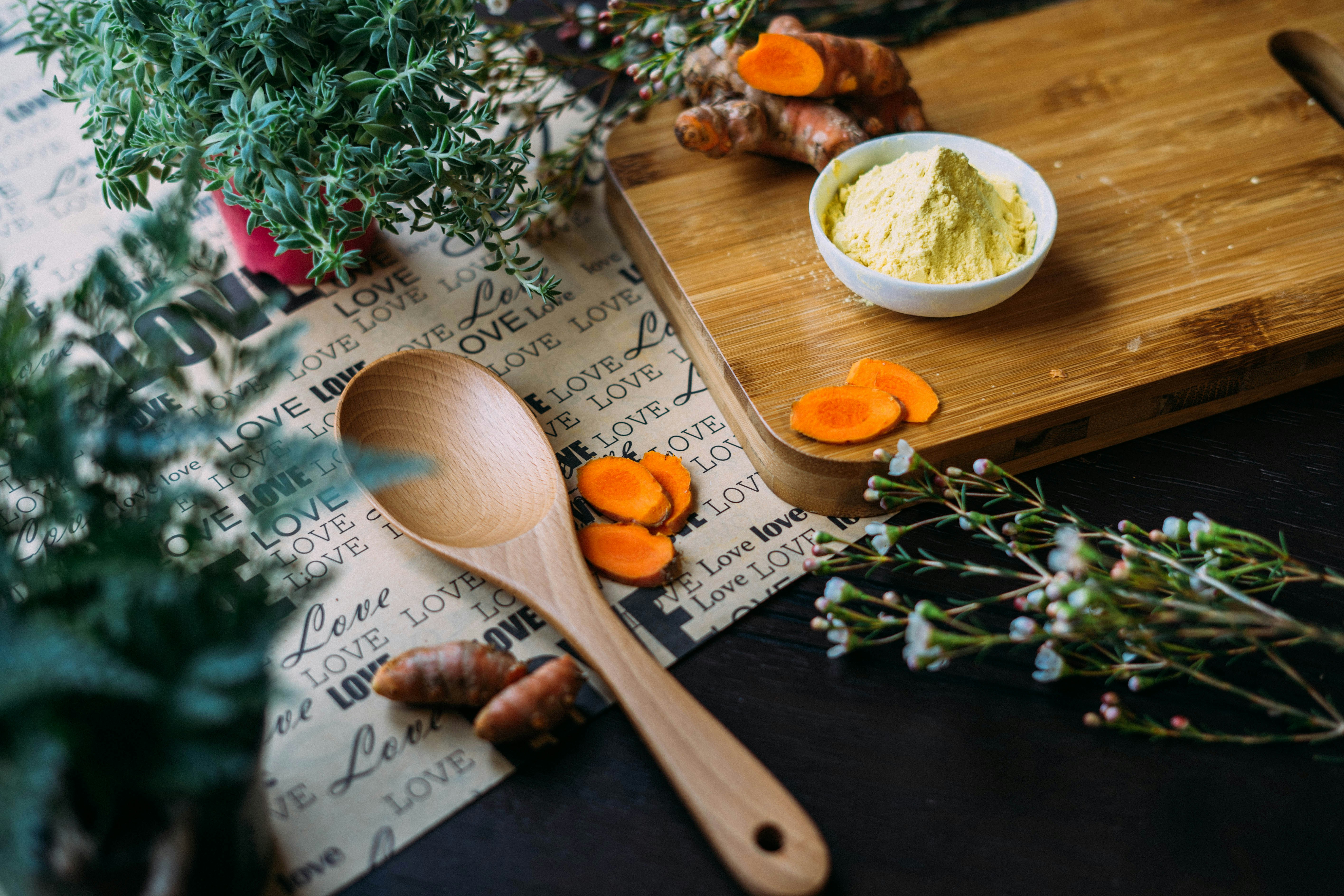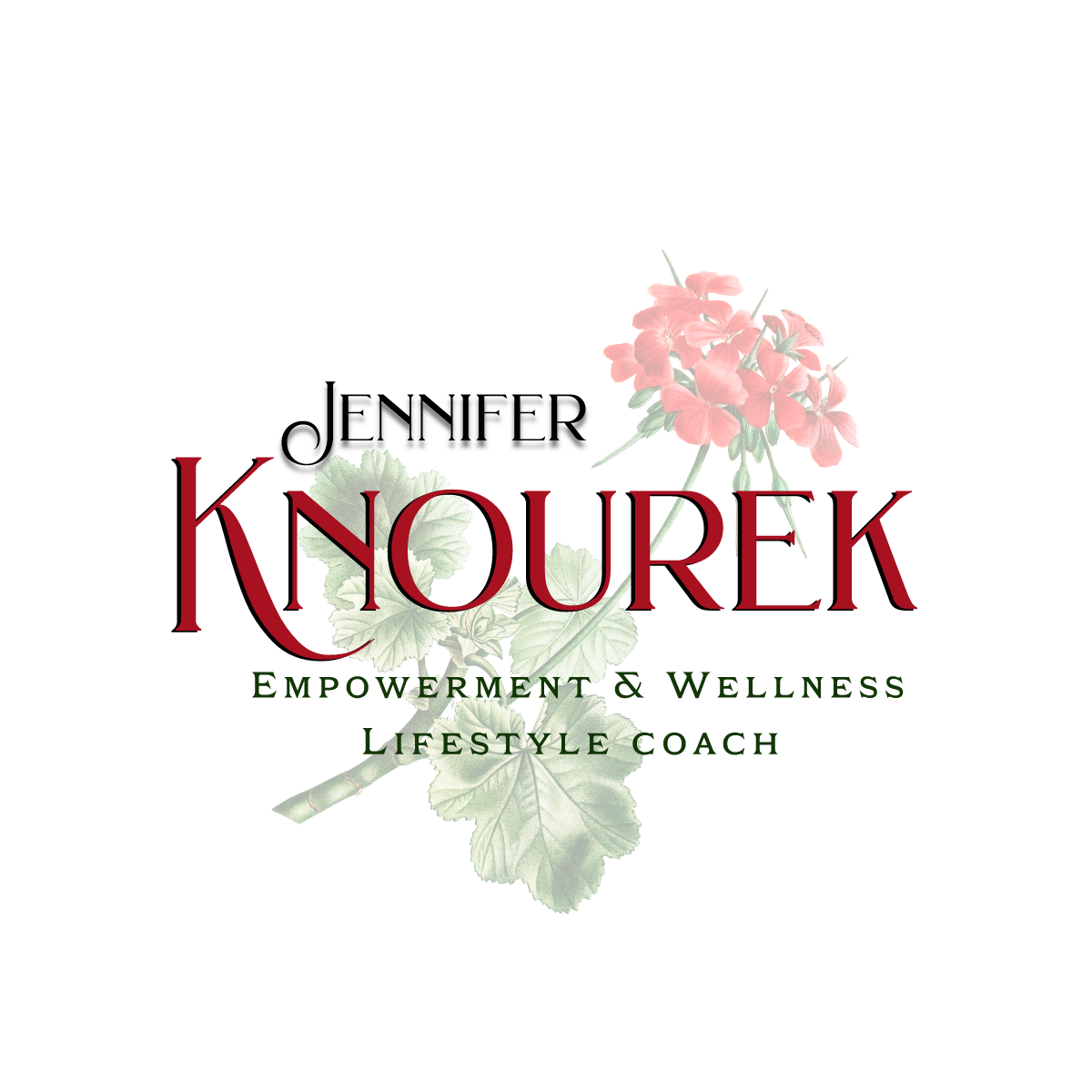

PHONE:
EMAIL:

Calendula Officinalis
Calendula Officinalis
Calendula or Marigold plants are considered by many gardening experts as among the easiest and most versatile flowers to grow in a garden, especially because they tolerate most soils.

Have you heard of calendula yet?
Of all the flowers you can grow Calendula can easily be the favorite. Calendula is an amazing and versatile plant. Did you know that it is technically an herb? Yes it is! And Calendula has many medicinal uses, it is an excellent companion flower to grow alongside vegetables, it attracts pollinators, adds a beautiful pop of color to the garden, and is also edible!
Of all the ways you can use calendula, I most often use the dry flowers for tea – or make healing calendula oil.
Read along to learn how easy it is to make calendula oil at home – even if you don’t grow your own! All you need is dried calendula flowers and your choice of oil. This article will go over the differences between popular oils commonly used to make calendula infusions, so you can decide which option works best for your needs! Let’s also briefly explore the healing properties of calendula, along with 8 ways you can use your homemade calendula oil!
Note that calendula is sometimes referred to as “pot marigold” – but don’t confuse it with true marigolds, such as french marigolds! They’re distinctly different, and not nearly as medicinal in nature.
How to Grow Calendula
Calendula is just about as no-fuss and low-maintenance as they come. It will perform best in rich, well-draining soil, but will tolerate a wide variety of soils – including poor soil. Hell, half of ours this year isn’t even growing in soil. Blooms that were left behind dropped their seeds in the gravel around our raised beds, and so there they grow! The volunteer calendula shown below is growing in 4” of gravel, which has weed block fabric below that. Hardy little plants, aren’t they? Therefore, it should go without saying that it can easily be grown in containers too!
Speaking of being hardy, calendula is tolerant to both heat and cold. Direct-sow their trippy large seeds in the garden in spring. Follow the instructions on the seed package in regards to depth. I believe it is usually around 1/4″ deep. The plants and long-lasting blooms may continue straight through the first freeze the following winter!
Calendula grows best in full-sun, but will tolerate some late afternoon shade, especially in the hottest climates. Provide moderate water. It won’t like being overly wet, as it is fairly drought-tolerant. It is also reported to be deer-resistant!
When & How to Harvest Calendula
Herbalist all agree that the best time to harvest calendula is during mid-morning, shortly after the new blooms have opened but after any dew has dried. That said, simply do your best given your schedule. Harvesting midday or even in the afternoon is better than not harvesting them at all!
To harvest blooms, pick or cut off the flower where it meets the stem. If you plan to use it for edible or medicinal purposes, avoid collecting the heads that are already starting to dry and go to seed. Fresh blooms are best for this. Use the older ones for seed-saving instead. And yes, take the whole head! The most medicinal value is found in the green pedestal, not just the flower petals.
If you aren’t up for drying or using the fresh blooms, some calendula varieties have strong enough stems to make good cut flowers too.
A Few Notes on Harvesting Calendula
While harvesting, your fingers may get a bit sticky from the resin. This is a good thing! The resin has potent antifungal properties, and is where most of the healing power comes from.
Don’t worry about “saving” flowers on the plants, or feel bad about taking blooms! The more you take, the more will come. If you’re serious about stocking up on calendula, plan to have new blooms ready to harvest every few days.
On that note, uncollected flower heads will allow this flowering herb to freely re-seed itself. If you don’t want your garden full of these volunteers, plan to collect spent flowers before the seeds dry and disperse. I harvest some, but leave plenty behind as well so they make my seeding in the spring easier.
Calendula Infused Oil
Calendula officinalis has been used by herbalists, homesteaders, and natural healers for centuries. It can be used both internally or externally to support the immune system, heal skin and infections. Calendula works its magic by promoting cell repair and growth, coupled with its natural antiseptic, anti-fungal, and anti-inflammatory properties. Above all, it is gentle in its work. Unlike some natural remedies, you don’t need to worry about “overdoing it” with calendula.
The potent medicinal oils within calendula blooms are most concentrated on the sticky green base of the flower head. Resin is also present (but lesser so) on the petals themselves, which is why we choose to use whole dried flowers rather than plucked petals alone when making calendula-infused oil.
harvest flower tops and place flower side down on a drying screen or dehydrator
fill a mason jar 2/3 of the way to top with the dried flower tops
Pour olive oil (or oil of choice) into the Jared, making sure to cover the flowers by at least one inch with oils so they will have space to expand.
Stir well and cap the jar tightly.
Place jar in a warm, sunny windowsill and shake once or more daily.
After 4 to 6 weeks, strain the herbs out using a cheesecloth or fine mesh strainer over a mason jar
Por the infused oil into sterile mason jars with air tight lids and store in a cool, dark shelf out of sunlight.
I really enjoy using the solar or folk method described above, but you can also infuse oils on the stove by applying heat if you don't want to wait the 4-6 weeks...

Dried Calendula Flower heads
If you aren't a DIY'er like me you may want to just give it a try and this oil.
Calendula Oil 6 oz Bottle and is reasonably priced on Amazon
A natural skin care oil for people and pets
Used for sprains, bruises and swellings
Organic Product from Wiseways Herbals
Contains: Olive Oil Extract of Organic Marigold Flowers
This is an infused oil with an olive oil base and made with the extract of the Flower heads which should come from the base of the flower buds not just the petals, but I am unfamiliar with the manufacturer, so this is why I like to I make my own.
Uses
Pot marigold florets are edible. They are often used to add color to salads or added to dishes as a garnish and in lieu of saffron. The leaves are edible but are often not palatable. They have a history of use as a potherb and in salads. The plant is also used to make tea.[12]
Flowers were used in ancient Greek, Roman, Middle Eastern, and Indian cultures as a medicinal herb, as well as a dye for fabrics, foods, and cosmetics.[5] Many of these uses persist today. They are also used to make oil that protects the skin.
Marigold leaves can also be made into a poultice that is believed to help scratches and shallow cuts to heal faster, and to help prevent infection.[13] It has also been used in eye drops.[12]
CULINARY: Use to garnish soups and salads. May also be baked in cookies, cakes and breads. Excellent tea herb.
HOUSEHOLD: Calendula produces a natural yellow dye for coloring wool and cloth.
USES COSMETIC: Infuse in in oil for use in soaps, lotions, balms and other topical formulations.
DECORATIVE: Add the petals to floral displays and potpourri mixes.
FLAVOR PROFILE: Mildly sweet, sometimes peppery. Goes well with other florals,citrus peel, vanilla, black pepper and warm spices.
Medicinal Benefits
Calendula has been called upon for centuries to treat skin ailments, support the immune system, and heal infections, both internally and externally. If you pay attention to labels, you’ll probably notice calendula as a key ingredient in many natural skin care products, and for a good reason! I use our homemade calendula salve every day.
Topically, calendula can ease, heal, or otherwise treat a huge array of skin conditions. According to the Chestnut School of Herbs, this includes: “rashes, stings, wounds, burns, sunburn, swelling, eczema, acne, surgical wounds, scrapes, chicken pox, cold sores, and even genital herpes sores.” It works its magic by promoting cells repair and growth, coupled with its natural antiseptic properties and anti-inflammatory properties. Above all, it is gentle in its work.
“Calendula is a wonderful herb for babies, being potent as well as soothing gentle. It is one of the most popular herbs for treating cradle cap, diaper rash, and other skin irritations. And calendula tea is a useful remedy for thrush type of yeast overgrowth not uncommon in infants.”
Rosemary Gladstar, from her book Medicinal Herbs: A Beginner’s Guide
Internally, it can help boost the immune and lymph system, fight fungal infections, reduce inflammation, menstrual cramps, and gastrointestinal upset, as well as keep fevers at bay. It is also an anti-viral. One of the quickest and easiest ways to consume calendula is by making tea, which we’ll cover soon!
Tea
The tea is a mild, slightly bitter beverage that offers a number of health benefits.
It has long been popular in herbal medicine for its alleged healing properties. Tea made from the Calendula officinalis plant is often applied externally to wounds and burns, or taken internally to heal tissues of the mouth, throat, and digestive tract.
Nutrition Information
The vitamins and minerals present in calendula tea have not been widely published, and may be negligible.
Like most teas, one cup of unsweetened calendula tea contains:
Nutritional facts of Calendula Tea
0 calories
0 grams of fiber
0 grams of protein
0 mg of sodium
0 grams of fat, cholesterol, carbohydrates, and sugar
Potential Health Benefits of Calendula Tea
Research suggests that calendula deserves its reputation for wound healing. The herb’s antifungal and antimicrobial properties help prevent infection and heal injuries to body tissues.
This flowering herb is also known to have anti-inflammatory and antioxidant components, which might help to fight cancer, protect against heart disease, and ease muscle fatigue.
Calendula tea can also Help heal your skin. Rather than drank, this tea is usually applied directly to the skin to promote healing. In one study, 78% of participants who treated diabetes-related foot ulcers with calendula tea showed complete healing. Another study showed that 72% of the participants using calendula tea experienced full healing of leg ulcers, compared to fewer than a third of the control group.
Calendula is full of carotenoids and flavonoids, which are known to help lower your risk of cancer and other diseases.
Provide antioxidants. Preliminary research suggests that calendula tea may offer powerful antioxidant and anti-inflammatory effects.
Potential Risks
In some cases, calendula tea can cause mild irritation or an allergic reaction when you put it on your skin. Doctors also warn that there may be unexpected interactions when you drink calendula tea and take sedatives.
We need more research to figure out if calendula is safe for women who are pregnant or breastfeeding. So for now, women who are either should stay away from calendula tea.
Healthier Alternatives
If you get an allergic reaction from calendula tea, or you're pregnant or breastfeeding, depending on what you were using calendula tea for, there are a number of herbs that can give you similar benefits. Some of these include:
Aloe
Cayenne
Chamomile
Echinacea
Feverfew
Flaxseed
Green Tea
Milk Thistle
St. John's Wort
Turmeric
*These statements have not been evaluated by the Food and Drug Administration. This product is not intended to diagnose, treat, cure, or prevent any disease.

Jennifer Knourek
Massage Therapist, Herbalist, Phyto/Aromatherapist & Wellness Advocate
Founder/Owner of OpenRoadEssentials.com and Crunchy Biker Clubhouse and VIP Group called Healthy Happy Strong Tribe on Facebook and if you would like to learn more join the HHS Wellness Community Group
Join my FREE Online Class to Learn More about Essential Oils
Need To Chat?
Let's set up a consultation and I can answer all of your questions!
Available Hours
Monday - 10:00 am - 12:00 pm & 5:00 pm - 7:00 pm CST
Tuesday - 10:00 am - 12:00 pm & 5:00 pm - 7:00 pm CST
Wednesday - 10:00 am - 12:00 pm
Thursday - 10:00 am - 12:00 pm & 5:00 pm - 7:00 pm CST
Friday - 10:00 am - 12:00 pm & 5:00 pm - 7:00 pm CST
Saturday by Appointment and Sunday Closed









